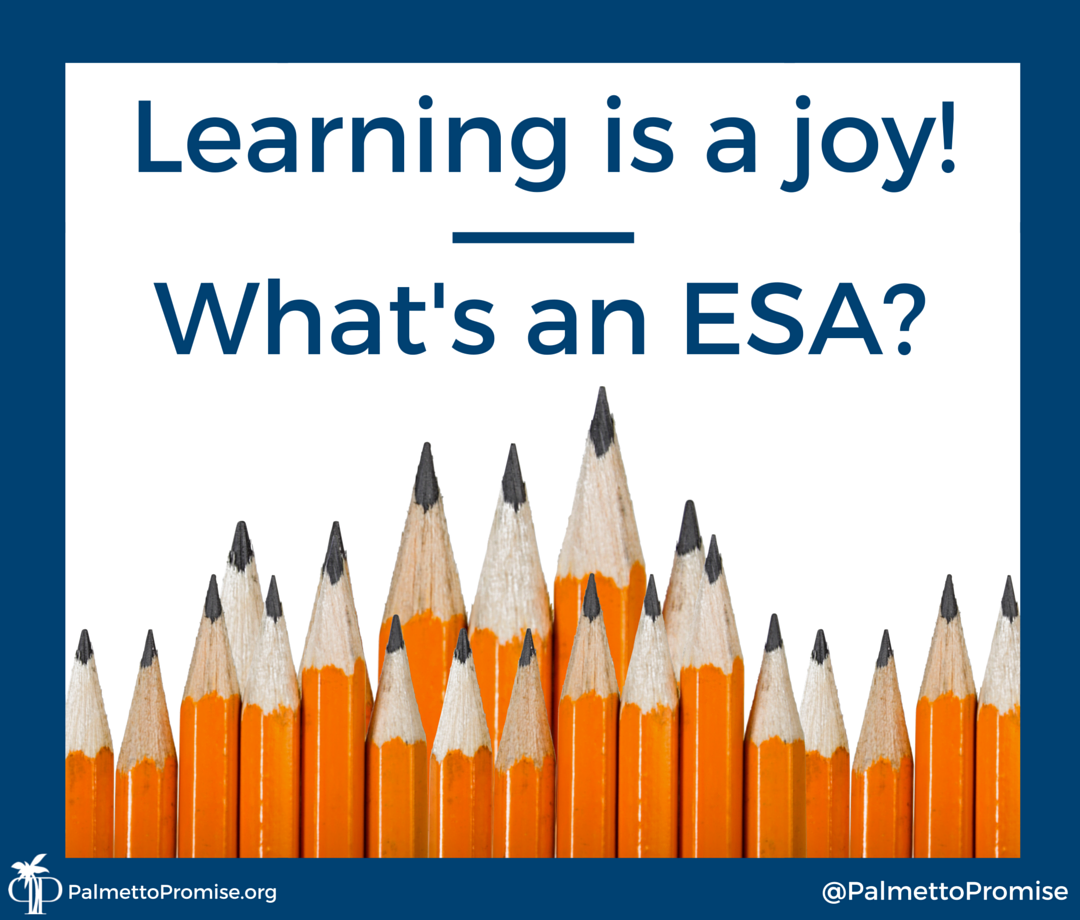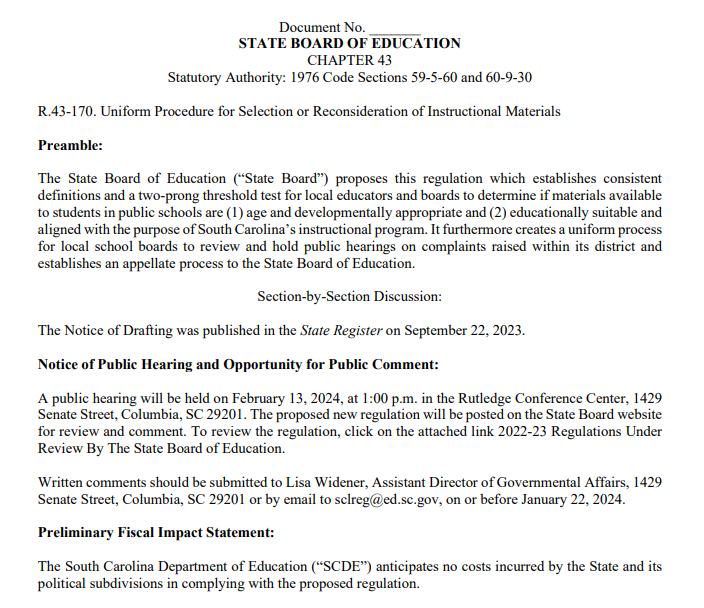Learning Is A Joy: What’s An ESA?

Adam Crain
What is an Education Savings Account (ESA)?
Last week, we introduced you to Denisha Merriweather, the first in her family to graduate college. Her success is a sure testament to her hard work and perseverance, but also stems from the opportunities provided to her by one of Florida’s school choice programs.
Here in South Carolina, we have begun the hard work of expanding education choice to thousands of children across our state through magnet programs, charter schools, virtual classrooms and exceptional needs scholarships. But there’s much more to be done!
What’s the next wave of innovation to increase opportunity in education? Education Savings Accounts (ESAs). So this week, let’s talk definitions:
Dr. Matt Ladner of the Foundation for Excellence in Education is a top national expert on Education Savings Accounts. In his report, “The Way of the Future,” he defines ESA’s:
“Education Savings Accounts allow parents to withdraw their children from public district or charter schools and receive a deposit of public funds into government authorized savings accounts with restricted, but multiple uses. Those funds can cover private school tuition and fees, online learning programs, private tutoring, community college costs, and higher education expenses.”
That sounds great in theory. But what does it actually mean for parents and students?
Practically speaking, Education Savings Accounts allow you, the parent, to decide what education opportunities are best for your child. You can then spend a portion of state education dollars on those endeavors. Think of it like a debit card or Apple Pay account that you use to spend on approved education expenses. ESAs give you the opportunity to create a customized education experience that is right for your student’s unique needs – what that looks like is up to you!
A few other facts about ESA’s are helpful to keep in mind:
First, although they are called Education Savings Accounts, they are actually much more akin to a scholarship. The money in the account is not money that you personally save, but rather is money the state already allocates to educate your child.
Second, ESA’s are not vouchers. Money received in the form of a voucher can only be used for private school tuition and represent a transaction between states and independent schools. ESA’s on the other hand, are transactions between the state and parents. With ESAs, parents are put in the driver seat to spend already appropriated money on a variety of education resources.
Finally, ESA programs are not one-size-fits all. There are currently working in 5 states around the country in different ways in each state. Nevada’s new ESA system is open to all students, while Arizona’s covers students with different special needs and certain low-income families.
So what could ESA’s look like for students in South Carolina? Come along for the ride and we’ll find out together!




